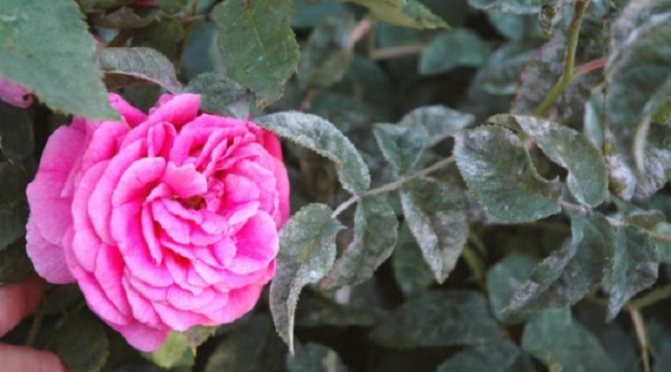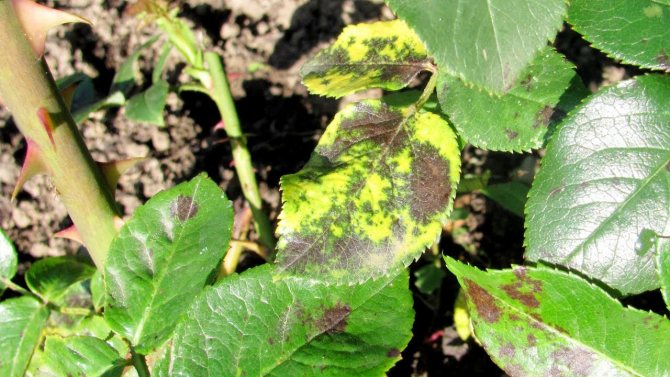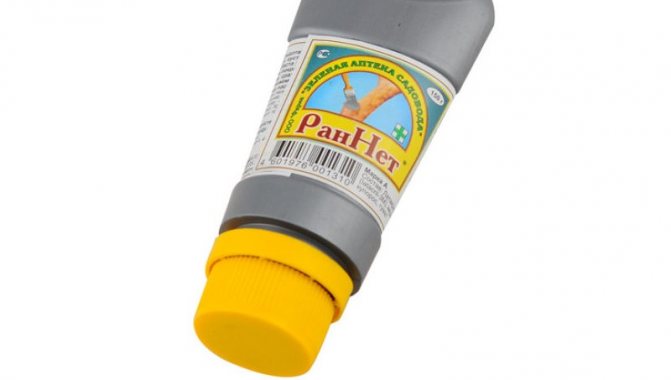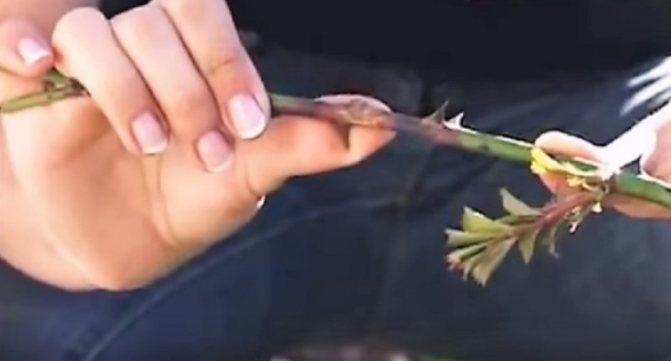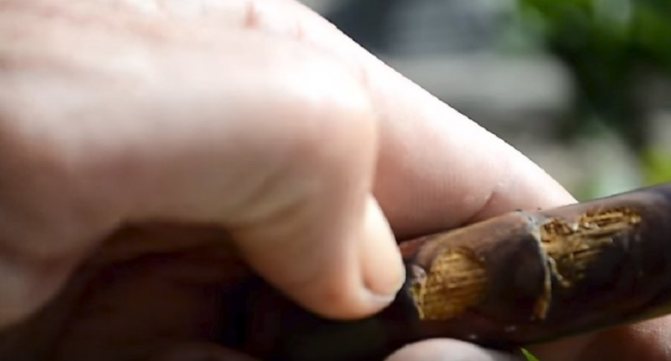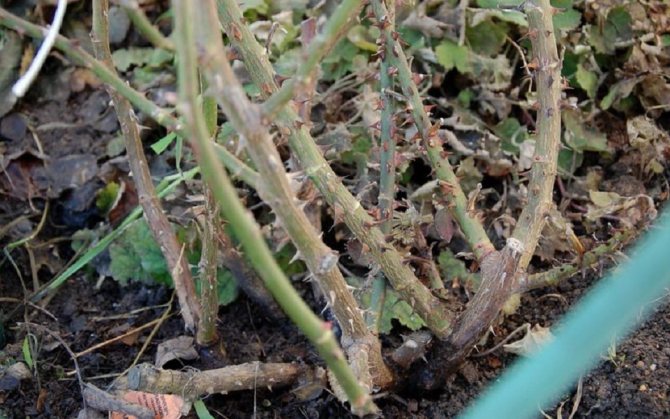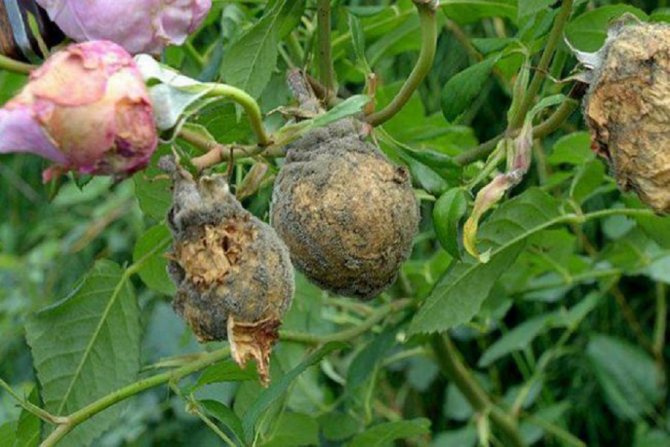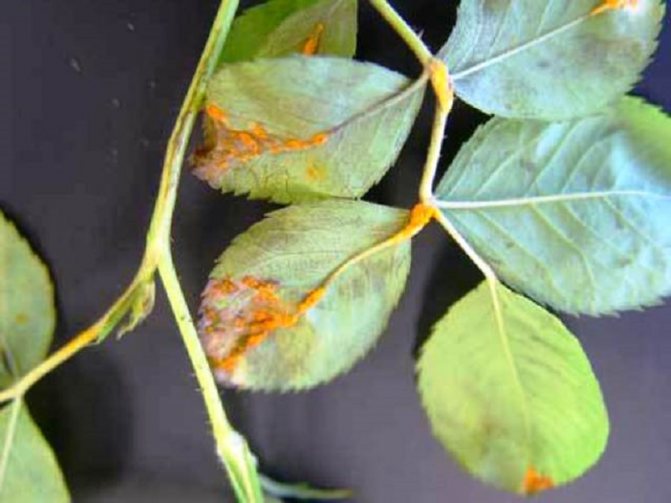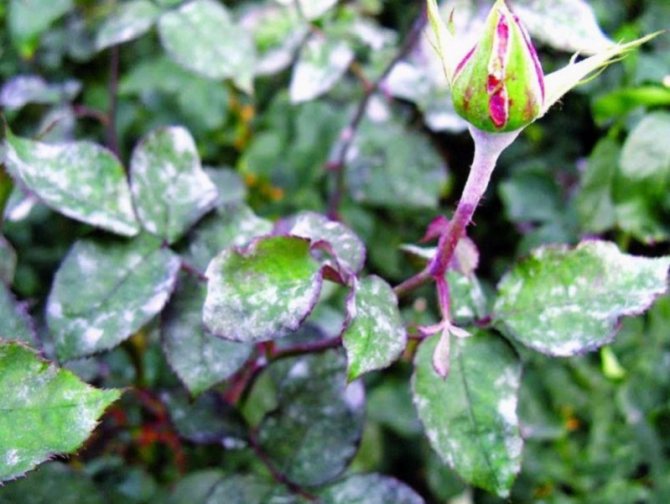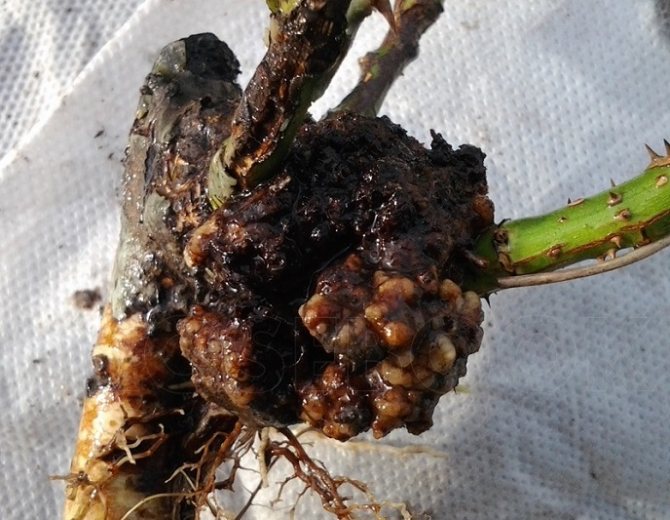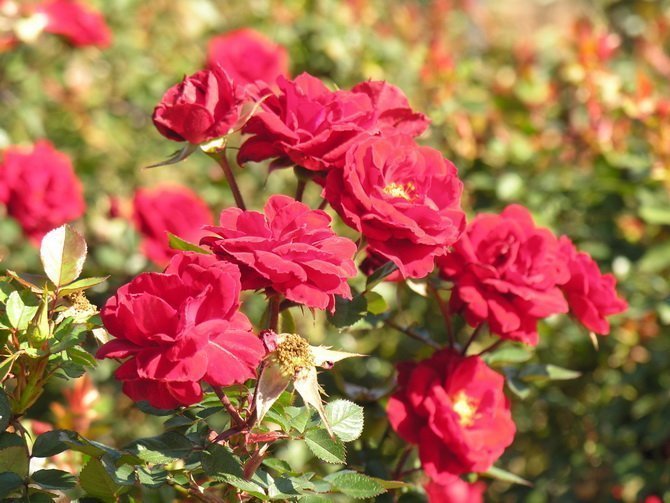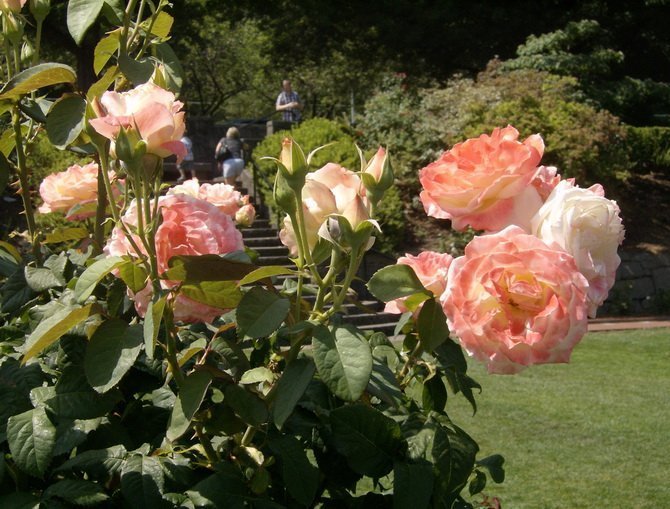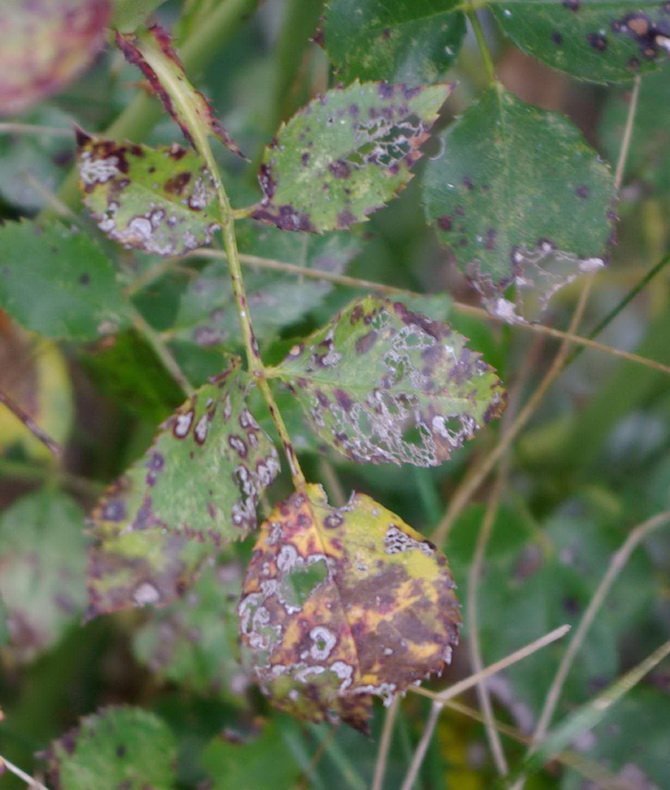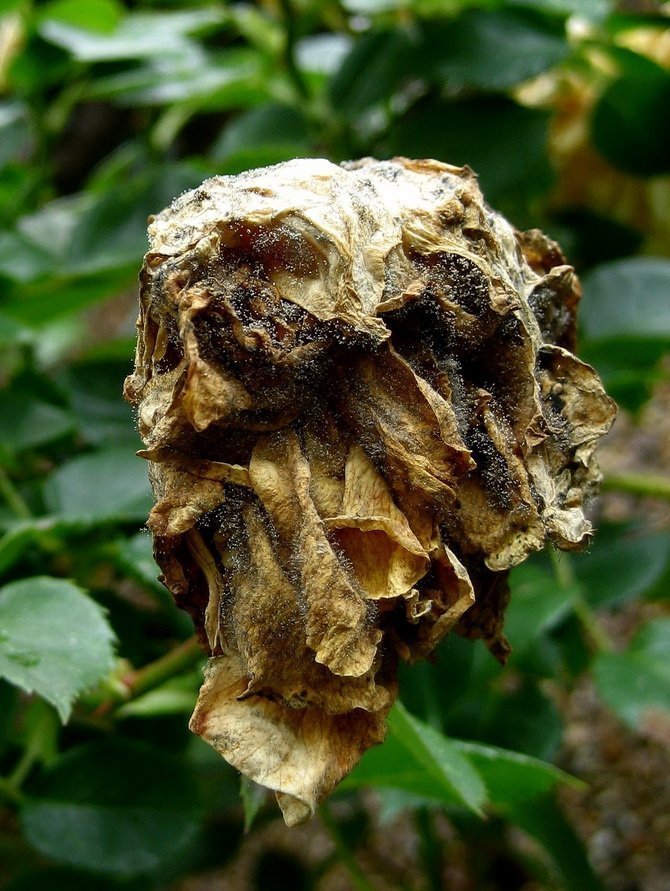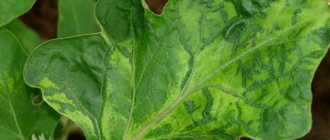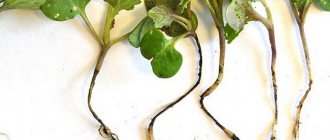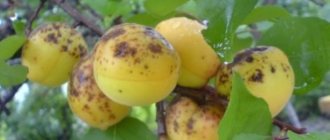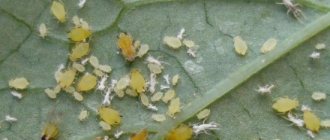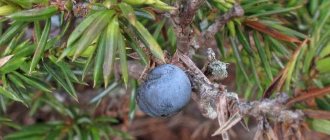The adornment of any garden, home or park, is the beloved beauty of the rose. Despite the fact that the flower is not very demanding to care for, there are still times when the queen of flowers requires more attention. This happens when the first signs of the disease appear on the plant.
The decorative appearance of the plant is spoiled by the purple-white spots appearing on the leaves, and eventually black spots. The leaves turn gray-brown, curl and fall off. This fungal disease is called black spot of roses or marsonin.
Infectious burn or stem cancer (lat.Coniothyrium wernsdorffiae)
It is provoked by the fungus Coniothyrium wernsdorffiae. The plant becomes infected in the autumn-spring dormant period. Spores penetrate through cracks in the stem of a rose formed from frost, or wounds left after improper pruning, or without treatment with garden var.
The disease spreads to all types of roses and can spread to blackberries and raspberries through poorly disinfected instruments. Spores of stem cancer are carried by water, humid calm weather and late, after July 20, fertilizing with nitrogenous fertilizers contribute to reproduction.

The consequences of an infectious burn on a rosebud
Diseases of roses and their treatment require a lot of time and attention. It is necessary to constantly monitor the behavior of the infection, and if it continues to develop, it is better to remove the bush completely, and if neighboring plants are infected, destroy the entire rose garden so that fruit and vegetable crops do not get sick.
Signs of an infectious burn
- Disease of the garden rose manifests itself on the stem, dark brown ulcers appear, which, when girdled along the entire diameter, lead to the death of the shoot. Black dots (pycnidia) begin to grow on the ulcers, which serve as a source of further infection.
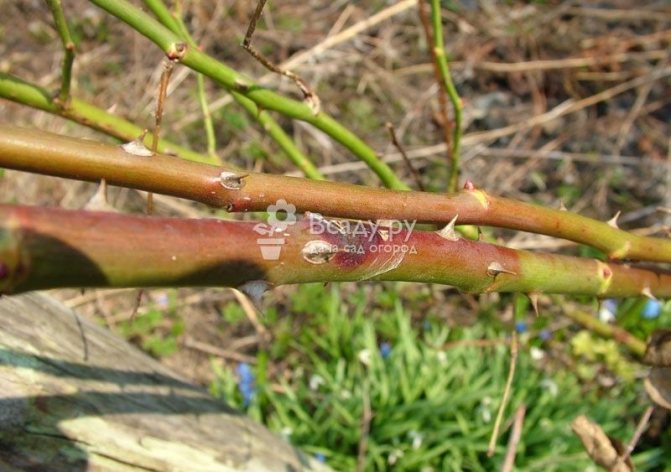

Signs of stem cancer on a rose
Infection burn treatment
- Remove diseased shoots without damaging the ulcers on the stem;
- Clean small wounds to a healthy base, using a paper knife is most convenient. Cover with garden pitch;
- Before budding, it is important to prevent rose disease, treat the affected bush with 3% Bordeaux liquid, this will destroy the spores so that the pests of roses do not spread them;
- Spray the infected shoots every week with the HOM fungicide until they are cured.
How to prevent an infectious burn
- Prevent freezing of the plant, which leads to cracks in the stem;
- Protect roses from frost at moderate humidity and a temperature of no more than 10 degrees Celsius;
- Before sheltering, treat the soil with 3% copper sulfate or 1% Bordeaux liquid;
- Disinfect the tool before cutting;
- In the second half of July, spray with potash fertilizers.
Prevention
Fungal diseases of roses are caused by pathogenic fungi of various families. In order to prevent the spread of diseases of rose bushes, preventive measures are taken, which are expressed in the following actions:
- the damaged parts of the roses are cut off and then burned (with a strong development of the disease, the entire bush must be removed and burned completely);
- in early spring, the soil is loosened, after which it is sprayed with iron sulfate;
- spring treatment of roses with fungicidal preparations is carried out;
- exclude nitrogen fertilizers from top dressing.
To prevent roses from getting sick, you should choose varieties that are resistant to diseases. It is necessary to plant bushes in well-lit places, on well-drained soils. Bushes should be planted at a sufficient distance from each other (between low bushes the distance should be about forty centimeters, and between high ones - about sixty), this will ensure good ventilation of the plants.
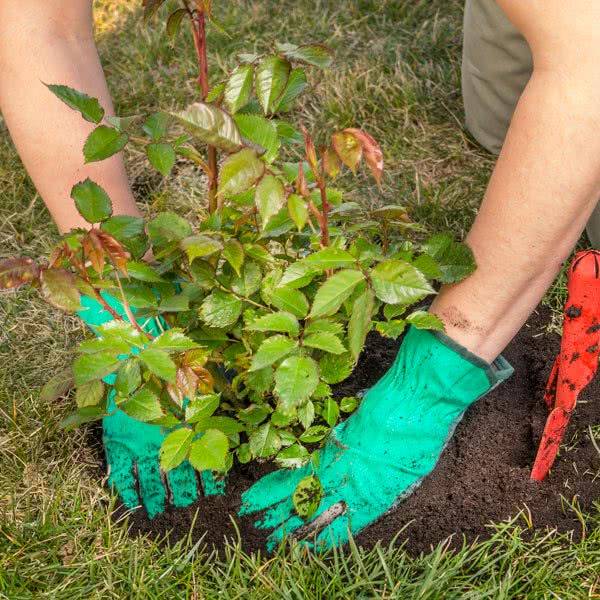

When applying mineral fertilizers to the soil, be careful and attentive. First of all, this applies to nitrogen fertilizers. It is better to underfeed the rose than overfeed. In some cases, it is better to replace mineral fertilizers with organic ones (diluted chicken droppings, compost).
It is necessary to water the plants only in the morning, in this case, in the daytime, the moisture that has got on the leaves has time to dry.
Rust of roses (Latin Phragmidium disciflorum)
It occurs in the spring due to infection with the Phragmidium fungus. It affects the entire ground part of the plant in late April - early May, spores are transferred by water. Above on the leaves and shoots, growths (spermogonia) of yellow color appear, by autumn they turn black. Pustules appear on the lower part of the leaf plate, which are dusty with spores and infect neighboring plants. Rust affects berry bushes, ornamental and conifers.
Signs of rose disease: photo, description
- The foliage is covered with red and brown spots. After a while, the leaf plate dries up and falls off;
- Shoots change shape and twist, begin to crack and spray spores.
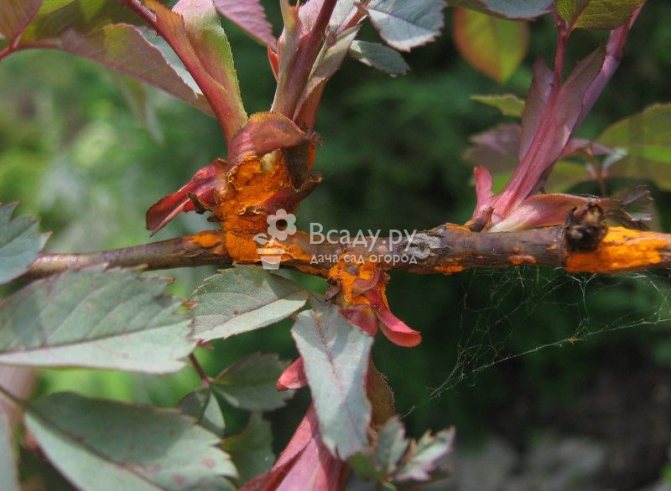

Rose rust is one of the most dangerous fungal diseases
Rust on roses, treatment
- Treatment with preparations containing zinc and copper (fungicides "Abiga-Peak", "Topaz", "Baylon", copper sulfate);
- Spraying with 1% Bordeaux liquid.
Rust prevention
- At the end of summer, it is necessary to thin out roses from dry leaves and branches;
- At the beginning of autumn, treat with 3% copper sulfate or Bordeaux liquid;
- Spray with chemical immunomodulators ("Elina - extra", "Zircon", "Immunocytofit").
How to treat roses for diseases: effective remedies
Drugs
Effective means of combating infections of various etiologies include:
- "Abiga Peak" - contact, copper-containing fungicidal preparation;
- "Tiovit Jet";
- "Colloidal sulfur" - helps to fight fungal infections and pests;
- "Fitosporin" - antimycotic agent;
- Bordeaux liquid is a versatile herbal medicine.
Folk remedies
Among the popular ways of dealing with adversity are:
- yeast feeding;
- irrigation with a solution of a fresh mullein;
- watering with ash solution;
- soap spraying;
- milk-iodine treatment.
Black spot (lat.Marssonina)
It is caused by the fungus Marssonina rosae, falling on the plant and infects the leaf plate, flower petals and sepals. Spores are carried by water droplets, and black spot develops in July and August.
How to recognize a disease
On diseased plants, small dark spots appear, which quickly increase in diameter up to 15 mm. Conidia with fungal spores form on them. Leaves fall in sequence from top to bottom. The rose weakens and gradually dies.
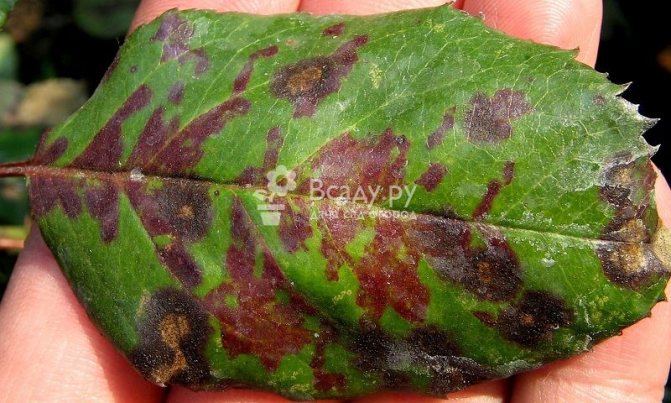

Black spot almost completely destroys leaves
Black spot on roses treatment and prevention measures
- Leaves and shoots affected by black spot are cut off, they cannot be sent to compost, therefore they are burned;
- Sick roses are treated with fungicides containing copper and zinc (Fundazol, Kaptan);
- In the fall, before covering the plants for the winter, they are sprayed with 3% copper or iron sulfate.
Powdery mildew or rose conidiosis (Latin Sphaerotheca pannosa)
It is caused by a fungus that infects leaves and shoots, less often flowers and buds. For the development of spores (conidia), warm weather (from 20 degrees Celsius) and a high level of air humidity in summer are favorable.The fungus is transferred through the air, water during watering and rain, insects. Powdery mildew affects almost all ornamental plants, fruit and vegetable crops, so it is important to start fighting the disease in time.
Signs of rose infestation, disease and treatment
- The leaves of roses are covered with dark red spots, in the future, the leaf plate is deformed, dries and disappears;
- The shoot is covered with loose pustules that look like pads. Fungal spores ripen in them.


Signs of rose disease - powdery mildew on the shoot and leaves
How to avoid powdery mildew infections
- Thin bushes and prevent planting from thickening;
- Do not overfeed with nitrogenous fertilizers, observe the timing of their introduction (until mid-summer);
- During the formation of buds, treat with fungicides ("Topsin-M", "Bayleton", "Fundazol");
- Every 2 weeks spray the rose bushes with a 10-day infusion of mullein;
- From mid-July, top dressing with potassium sulfate.
How to achieve fruiting without compromising flowering?
In order to annually admire the scattering of luxurious fruits on your roses, you need to slightly adjust the care. In particular, if the wilting inflorescences are removed in a timely manner, there can be no question of any placer of berries. But it is also unacceptable to violate the recommendations for the basic course and leave all the wilting flowers in those roses that do not clean themselves or in which fruit setting negatively affects flowering. After all, thereby you will reduce the duration of flowering and increase the risk of spreading diseases, weaken varietal roses.
It is enough to leave the last flowers on the best fruit varietal and flower-bed roses, without cutting them off, leaving them intact until the fruit ripens. Of course, for rose hips and roses, which are not afraid of abundant yields, this strategy is not necessary.
Downy mildew or rose peronosporosis (lat.Pseudoperonospora)
It occurs due to infection with a fungus and infects plants in early summer. Spores are spread by rain and wind. The development is favored by a sharp drop in temperature, boggy soil, high humidity, as well as a shaded area with poor air ventilation. The disease affects many ornamental plants, vegetables and berries.
Signs of rose disease, and their treatment with a photo
- Formless spots of dark red or purple color appear on the leaf plate; over time, the foliage begins to lose its shape, curls and falls off;
- Cracks appear on the stems of roses, the leaves of the buds darken and die off;
- With the help of a magnifying glass, you can see the spider webs on the back of the sheet.
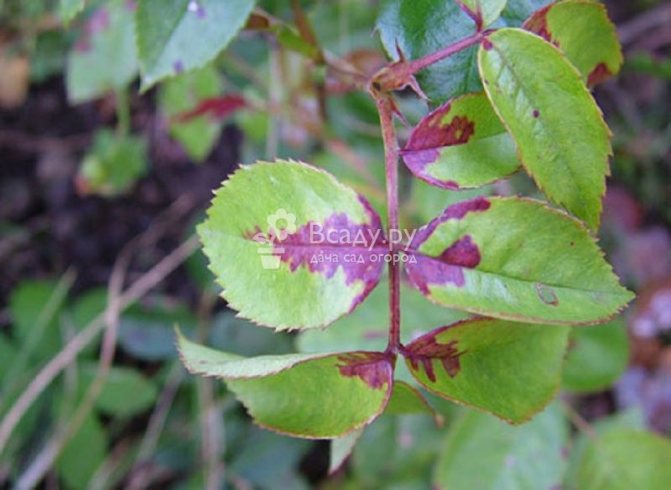

Signs of downy mildew on rose leaves
Treatment and protection measures against peronosporosis
- Plants diseased with downy mildew should be completely uprooted, burned away from healthy ones;
- For small lesions, treat roses with fungicides ("Strobi" or "Ridomil Gold");
- During the formation of buds, spray with agents that include copper and zinc (Bordeaux liquid, "Kuprozan", "Ditanom-M45";
- Treat in a timely manner with dressings containing potassium and phosphorus.
Bacterial stem cancer
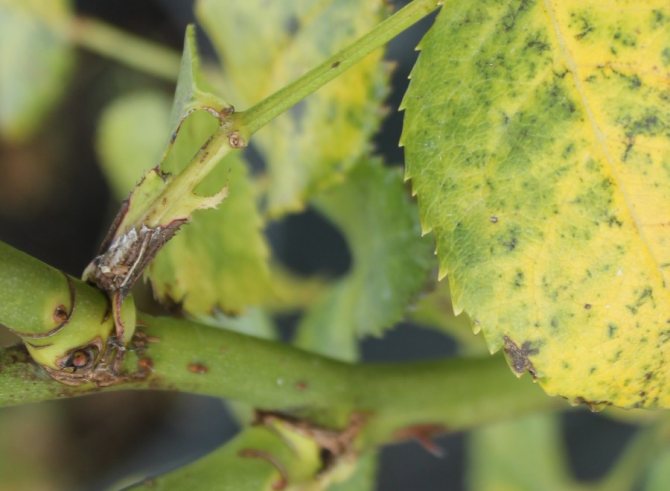

Rose stem bacterial cancer
The causative agent is the bacterium Pseudomonas syringae Van Hall.
Symptoms:
depressed areas are formed on young stems, brown-brown ulcers are formed under the bark. Over time, the bark in this place dies off, the stem dries up. Watery spots of a dark shade appear on the leaves. During dry weather, the central part of the spot dries up and the leaf cracks; in the rainy season, the spots merge, the leaves turn black and fall off.
Control measures:
Since the infection persists in the plant debris and wood of the affected bushes, it is necessary to promptly destroy the heavily affected plants. Dried stems are cut, cleaned and disinfected with a solution of copper sulfate (5%). The cut sites are treated with Fundazol + Gamair (after 5 days).For prevention, roses are treated with a Bordeaux mixture (1%) until the leaves appear.
Gray rot of roses (lat.Botrytis cinerea)
It occurs due to infection with the fungus Botrytis cinerea and moves along the plant from top to bottom.
Signs of infection
Dark spots appear on the affected areas, if they encircle the sprout, then it dies. Yellowish spots appear on the leaves and petals. Over time, gray fluffy mycelium begins to appear on them. The development of a gray rot fungus is facilitated by prolonged rains and an increase in air humidity, poor ventilation when grown in greenhouse conditions.
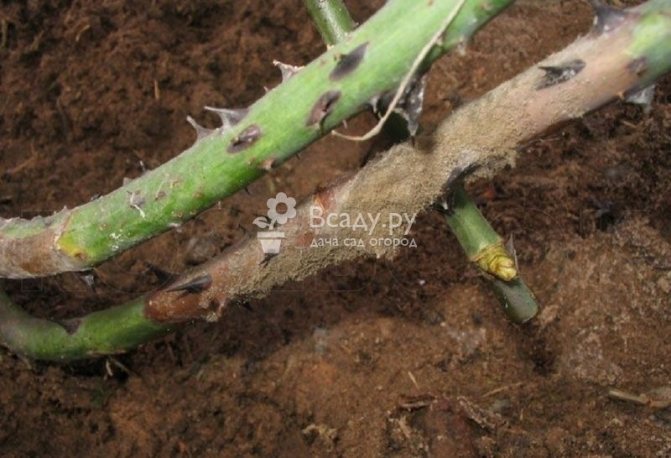

Gray rot on the stem of a rose in disrepair
How to cure and prevent rose disease
- Treat diseased plants every 2 weeks with fungicides (Euparen, Fundazol);
- Periodically water the ground with garden prophylactic drugs or growth stimulants, which include potassium permanganate;
- Cut and burn diseased plant parts. Avoid the accumulation of fallen dry leaves and branches.
Viral mosaic - disease of roses and their treatment (lat.Rose mosaic virus)
It occurs due to infection by a virus and is transmitted through infected tools during pruning and grafting. Infection begins from the lower leaves: they become covered with light small spots and fall off.
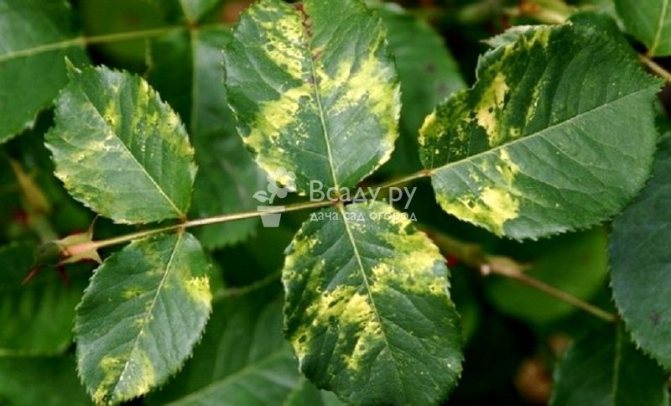

Viral mosaic on rose leaves
For the entire garden, the development of rose disease can be dangerous and the fight against them should begin immediately. A viral mosaic can spread to bushes of lilacs, currants, gooseberries, and less often raspberries.
Prevention measures against mosaic - a dangerous disease of the garden rose
- When planting, visually check the plants for diseases;
- Mandatory disinfection of the cutting tool in 1% iodine solution.
How to protect roses from diseases
- It is necessary to plant rose seedlings only in places with constant sunlight and good ventilation, on fertile soil with an acidity (pH) level of at least 6.5-7.6.
- With the arrival of March, before the buds bloom, you need to feed. The first is with urea or manure infusion (in a ratio of 1:20 with water). The second top dressing two weeks later - with potassium nitrate for better flowering and juicy color.
- Top dressing during flowering is not needed.
- After cutting the roses, they feed it with manure infusion, loosen and mulch the soil.
You will probably be interested in one of the following topics:
Garden roses: planting and care
Roses in the garden
Spring rose care


Rose garden all year round at home
Bacterial root cancer
The disease is caused by the bacterium Agrobacterium tumefaciens, which lives in the soil. It penetrates through cuts or cracks.
Symptoms:
uneven lumpy growths on the roots, root collar, and sometimes the stem. At the initial stage, they are soft and light, later they darken and harden - later they rot. The consequence of the disease - the vessels in the tissues of the roots are destroyed, the flow of moisture and nutrients is hampered. The disease can be noticed by the deterioration of the general condition of the plant - the roses are weak, growth retardation, when the bush is launched, it dries up.
Bacterial cancer most often affects older plants.
Control measures:
the first step is to cut off the affected roots and disinfect with a solution of copper sulfate (1%). Destroy everything cut out.


